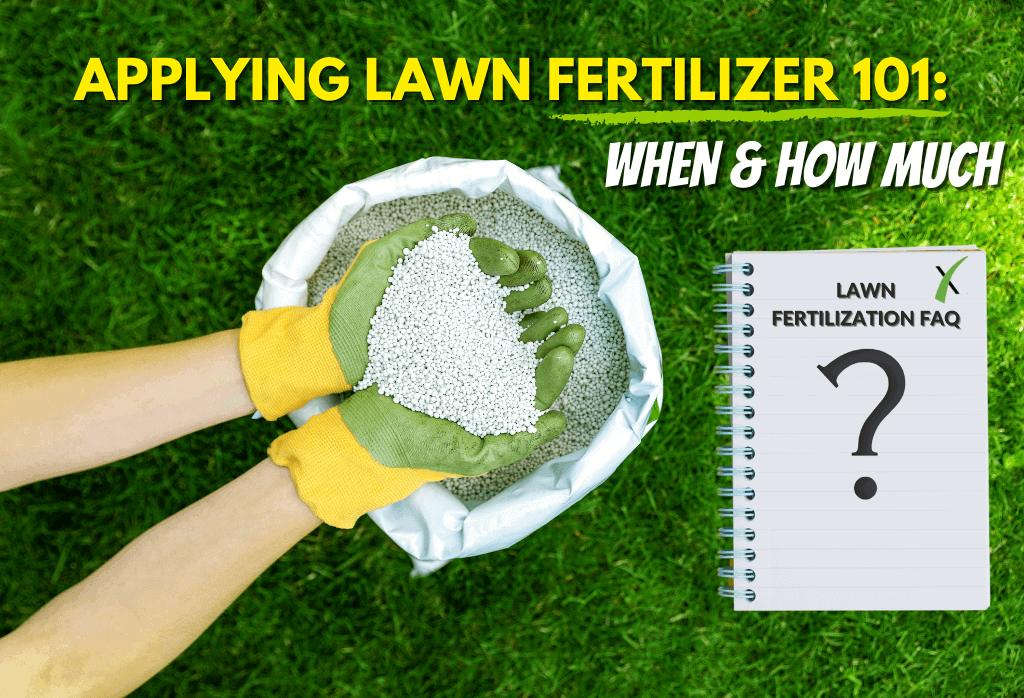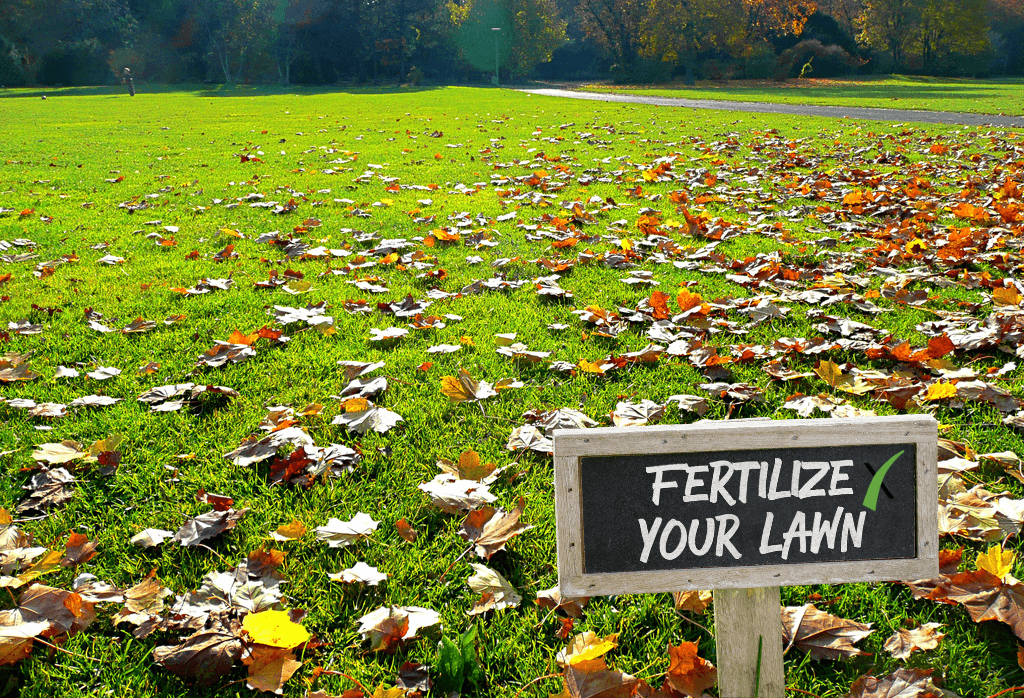For years, homeowners fertilized their lawns in the spring when temperatures rose, and sunshine dominated, then again, perhaps, in summer and once more in the fall. Most lawns, those without the benefit of automatic irrigation systems, performed reasonably well, developed moderate density and color and most folks were satisfied.
With the explosion of the game of golf in the US, more and more golfers noticed the obvious difference between their lawns and the carpet-like golf turf they played on; and wanted the same turf quality at home.
Factors to Consider When Fertilizing Your Lawn
More than any other factor, this interest in fine turf led to an expansion in turf research at universities nationwide and new recommendations for building beautiful lawns.
Two primary factors were identified as being the keys to developing thick, healthy turf: first, water. Grass plants are 90% water. They require 1.0 to 1.5 inches of water every week in lieu of rainfall. When that water is absent, nothing will take its place as integral in optimum turf growth.
The second important factor identified in turf development was fertilizer. Not just any fertilizer, like manure. Researchers learned that complete fertilizer was required. The definition of a complete fertilizer is one that contains all three [3] major turf nutrients, Nitrogen, Phosphorus, and Potassium. So, spreading old fashioned, organic fertilizers did not produce the same quality turf as newer, plant-focused products.
Note: More recently, it has been determined that supplemental phosphorus is both not necessary and potentially harmful to the environment, modifying the definition somewhat.
Turf researchers also learned that the most appropriate type of fertilizers are those that release their nutrients over several weeks, vs. immediately, as did the farm fertilizers in common use.
How Much Fertilizer Does My Lawn Need?
Today, a fertilizer application rate delivering between .75 and one pound of nitrogen per 1000 square feet is the current recommendation in most common situations And, importantly, research has shown that this timed-release fertilizer should be applied at least 5-6 times per season, except in special cases. The result of our research and learning over the past 75 years is that, to build a really outstanding, golf course quality cool-season lawn, five to seven applications of fertilizer containing .75 to .9/lbs. of Nitrogen per 1000 square feet is necessary. This amounts to approximately 4 to slightly over five pounds of timed-release Nitrogen per growing season, depending on the type of grass.
In summary, will fertilizing three times per year do the job; not really. The decision as to how much to fertilize your lawn and with what is guided simply by knowing how nice a lawn you realistically want at your home. In the south, where warm-season turf is grown, fertilizer rates can vary somewhat.


Join Our Free Lawn Care Newsletter
Stay Up to Date With The Latest News & Updates
* We don’t share your info with anyone ever.




